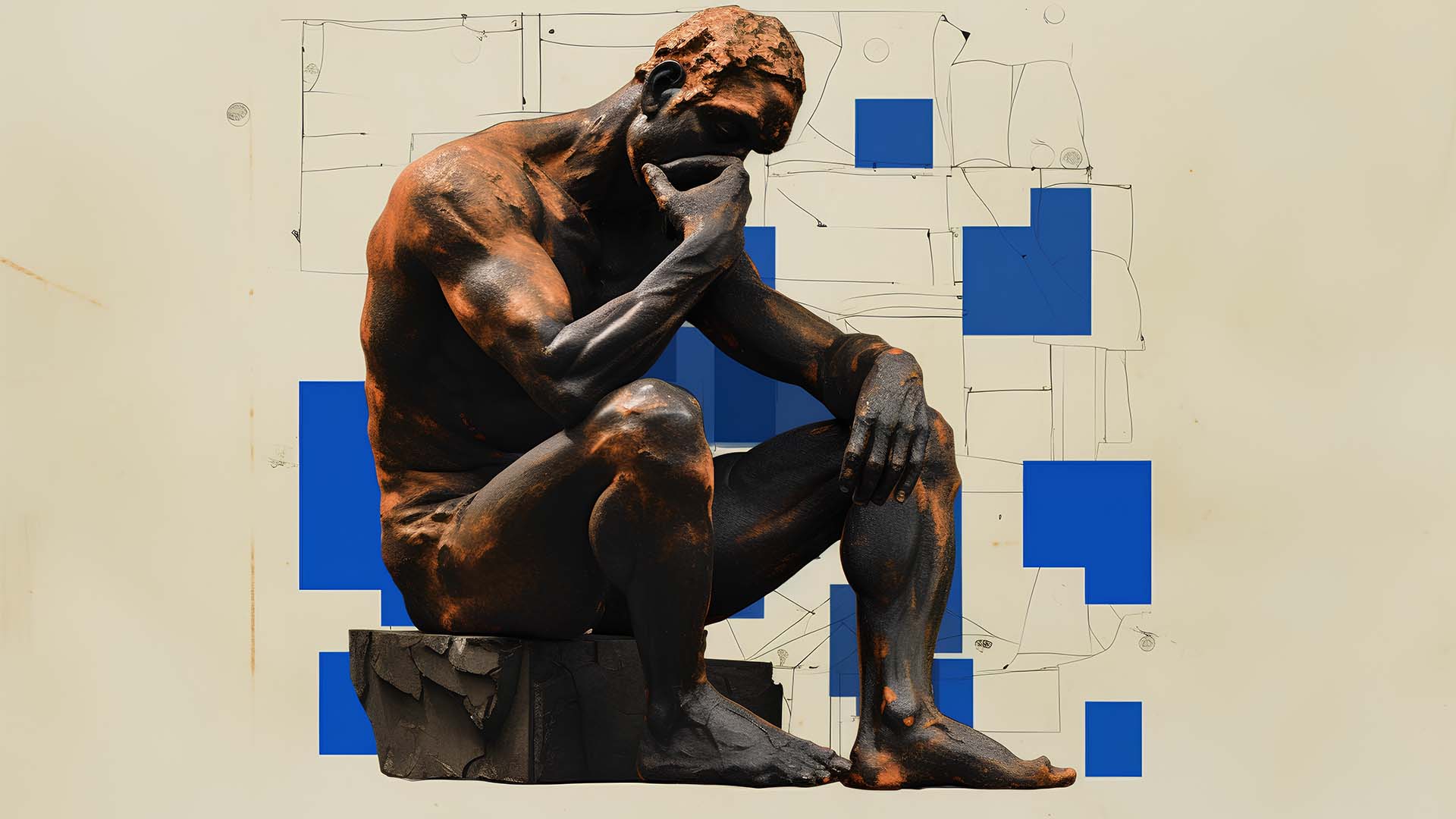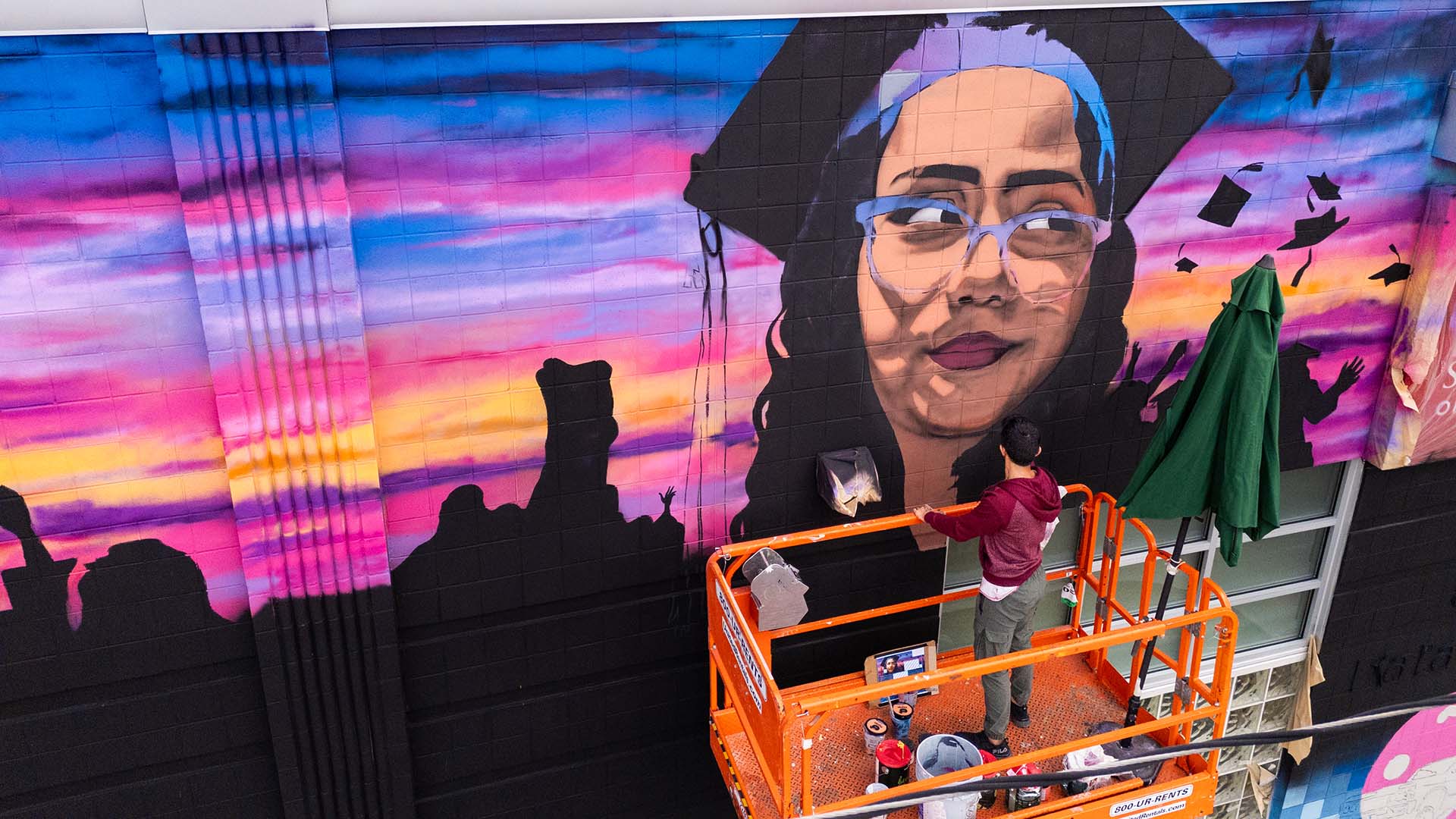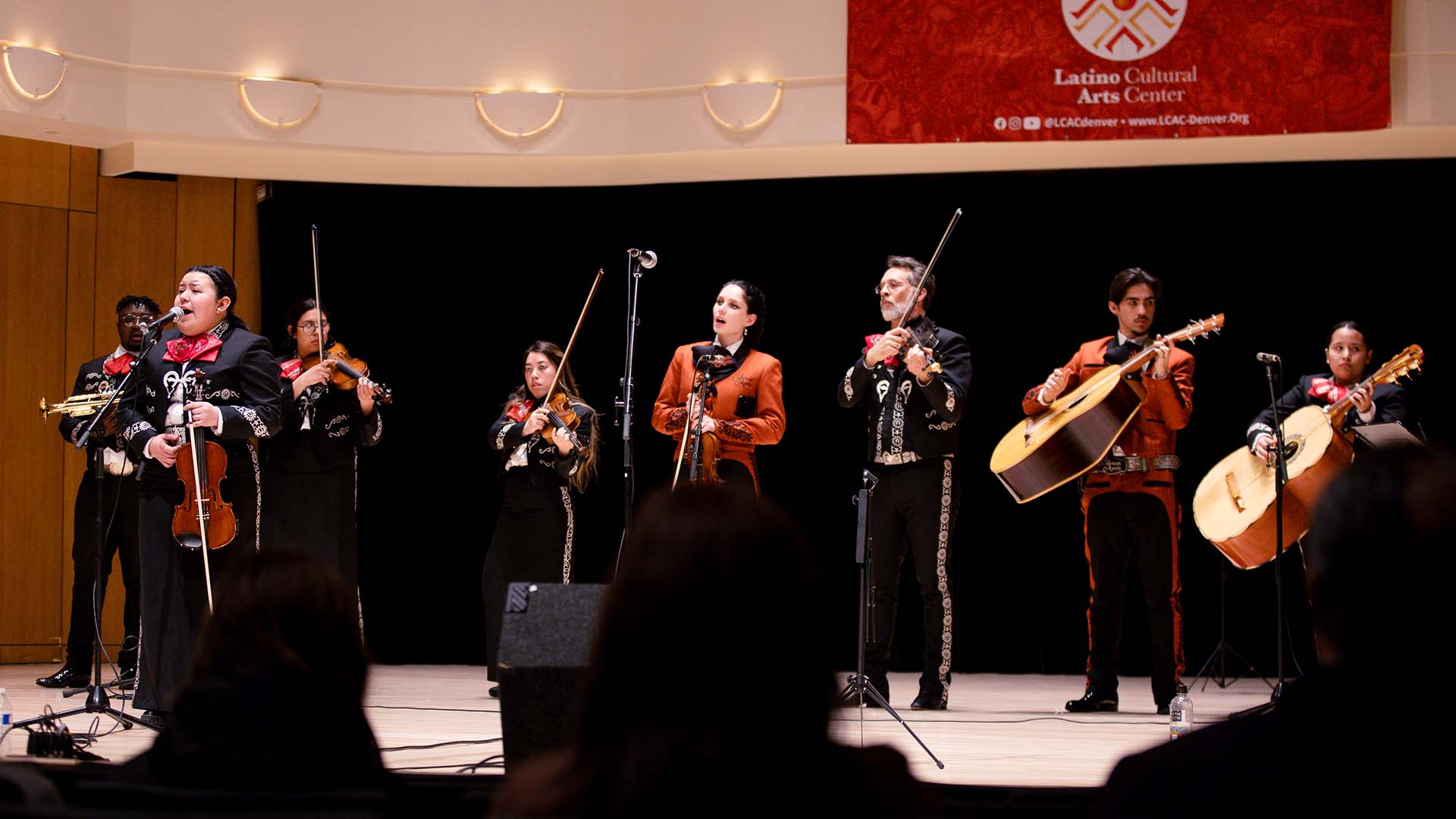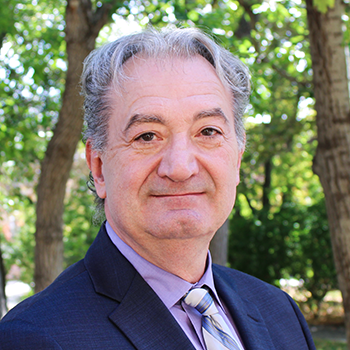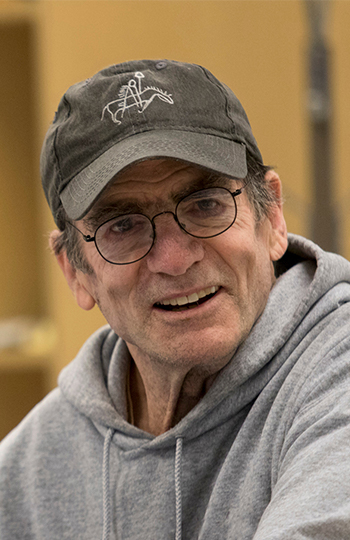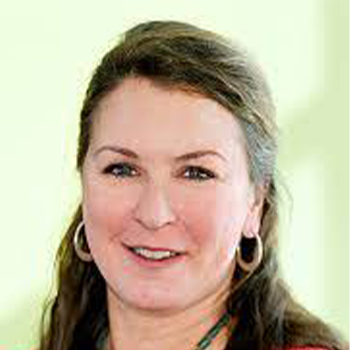Reconnecting with Ch’orti’
Colorado linguists, anthropologists and college students are working with Central American communities to revitalize an endangered language that is a descendant of classical Mayan.

Linguists, anthropologists and college students from Colorado are assisting communities more than 2,500 miles away maintain their language and reconnect with a writing tradition that hasn’t been used in more than a millennium.
Metropolitan State University of Denver students and faculty at the end of November returned from an eight-day research trip to Guatemala and Honduras as part of an ongoing University effort to document and revitalize Ch’orti’, a living descendant of the classical Mayan language.
The Central American communities they’re working with are reconnecting with their linguistic roots, researchers with MSU Denver’s five-year-old Ch’orti’ Project reported.
“The academic community is just starting to understand the connection between Ch’orti’ and Classic Maya,” said Rich Sandoval, Ph.D., assistant professor of anthropology at MSU Denver. “Now, we’re laying the groundwork to spread the awareness and provide a direct value to this community by helping to give them access to this part of their heritage.”
In 2019, the United Nations’ International Year of Indigenous Languages, that’s more important than ever — because words matter far beyond their individual characters, said Myranda Horn, an anthropology senior working with the Ch’orti’ Project.
“Language carries culture and practice,” she said. “It’s the way groups can interact. When you lose that, you lose a lot of the connection to your ancestors.”

Communicating cultural connections
More than 6,000 languages are spoken on Earth. Over the next two generations, more than half of those are in danger of being lost, including Ch’orti’.
Estimates of the number of current Ch’orti’ speakers is difficult to determine but is estimated to be between 16,000 and 32,000, said Robin Quizar, Ph.D., professor emeritus of linguistics and Ch’orti’ Project founder.
“Those are the lows and highs quoted over the past five years of the project. It appears to be increasing, likely because people are now more willing to admit they speak it,” she said.
That in and of itself is a marker of success. As recently as 10 years ago, Ch’orti’ was viewed as antiquated — and, in the face of the region’s political unrest, a potential danger that could even get someone killed, Quizar said.
To overcome those obstacles, the project is building connections on the ground to learn what matters to individuals within larger social contexts.
“Kids (in Guatemala and Honduras) are learning the big global languages in schools,” said Roman Khamov, a graduating linguistics senior with a minor in computer science. “We’ve heard the community ask, ‘If Spanish and English are the languages that get me the job, why should I learn Ch’orti’?’”

To show those communities the value of Ch’orti’ MSU Denver students are striving to learn, document and disseminate the language.
Current elements of the project include putting all previously written texts into the official Ch’orti’ alphabet with English and Spanish word-for-word translations, supporting individual research projects for faculty and students with on-campus and on-the-ground fieldwork, and working with archaeologists and museums to highlight the Ch’orti’ language and cultural connection with the Classic Maya civilization. A free-access internet platform of written resources available to Guatemalan scholars and Ch’orti’ speakers is also in the works, as is an initiative to help reconnect the Ch’orti’ community with the heritage held within the Classic Maya script.
Khamov, along with Horn and fellow Ch’orti’ Project student Liam Price, worked in the University’s ethnography lab to review previously collected research and study specific vowel and consonant configurations that would later guide their on-the-ground fieldwork in Central America. The work requires volumes of research with different speakers, recording and analysis to decode the building blocks of meaning-making.
The mixed and artistic nature of Classic Maya writing, using a syllabary and logograms, is unique – which necessitated a multidisciplinary approach to the script’s decipherment. “The writing is so integrated with art,” said Sandoval, who leads students through reading the glyphs and teaches a writing-systems class at MSU Denver. He has also worked to help preserve the endangered Arapaho language.
“Japanese kanji can be complicated because of detailed subsystems, but there’s an ideal single form,” he said. “Maya script is like the opposite — writers have artistic license, but there’s still some structure there.
“We’re talking about one of the only places on the planet that’s developed a full writing system anew. There’s really nothing else like it.”

Applied opportunity
The opportunity for undergraduate students to to take part in this level of research, usually reserved for graduate-level study, sets MSU Denver apart.
“There are a few folks out there researching Ch’orti’, but nobody is really doing anything like we’re doing,” Quizar said.
Having an opportunity to get hands-on research to empower locales, as well as support from various grants and donations, helps make the project as accessible to as many students as possible – a key part of the University’s access-driven mission.
“Ethically grounded documentation should be a big component of what researchers can do that’s directly valuable to the community,” Sandoval said. “As a designated Hispanic-Serving Institution, we also have the potential to have students with Meso-American ties here, further extending that connection with an even greater impact.”
Khamov, the ethnography-lab lead who’s planning on graduate study in computational linguistics, sees the connection between his professional road and his work on the project. “I’ve gotten a lot of experience in the analysis of vowels and how we might be able to make the process more accurate,” he said. “And the chance to be shoulder-to-shoulder with professors in the field doing this work is great.
“When you grow in your skills and in those relations, more and more becomes entrusted to you.”
Horn’s experience is also testament to the value of this applied opportunity. For her, the entire experience will be integral for planned graduate study in medical anthropology and working with refugee populations.
“Being in the ethnography lab on a project like this and then getting to go do data collection in the field is going to be invaluable for my career,” she said. “The whole program (at MSU Denver) has been amazing; everyone here is committed to helping you succeed.”

So how does a school in Denver become an advocate for saving an endangered language more than 2,500 miles away?
Back in 1975, Quizar went to Guatemala as a Peace Corps volunteer. She was working with a team of Ch’orti’ speakers to write a dictionary and grammatical guide of their language. That trip would be the spark that would set a life’s work in motion and establish the MSU Denver project running today.
Discovering that the Classic Maya hieroglyphs had been deciphered and that Ch’orti’ was a descendant of the language of the glyphs – possibly the only direct descendant – Quizar reconnected with the community in her retirement five years ago. It couldn’t have happened at a better time, either.
“Given the colonial impact of things like Mayan book-burnings directed by Spanish conquistadors, saving the language from extinction has become more significant than ever,” Quizar said. “It was not only important to the Ch’orti’ people as part of their culture but historically to the world as part of the Mayan heritage.”
Though the road to revitalizing a language is long, it’s working thanks to community-based practical applied fieldwork that MSU Denver students undertake alongside theoretical research with faculty experts.
For Quizar, the project’s progenitor, the effort is personal, too.
“I have a daughter who is half Ch’orti’ and twin grandchildren who also share that connection – this work is also for them,” she said. “The community has lost a lot of cultural artifacts, having to acculturate to the Spanish, but the one thing they still have is their language.
“And if it’s lost, it’s gone – we can’t let that happen.”

